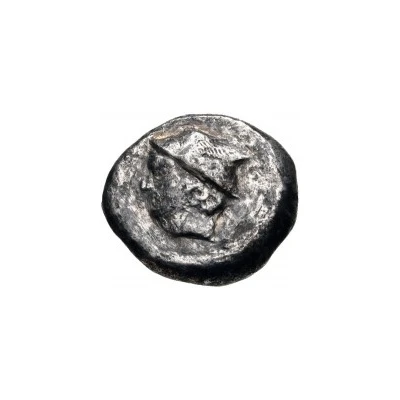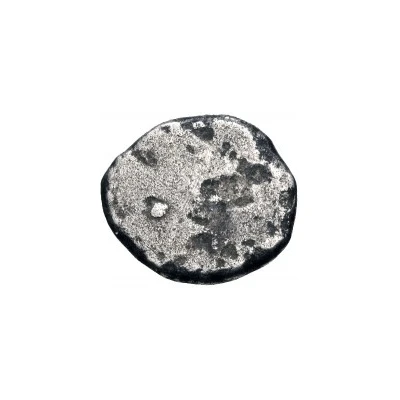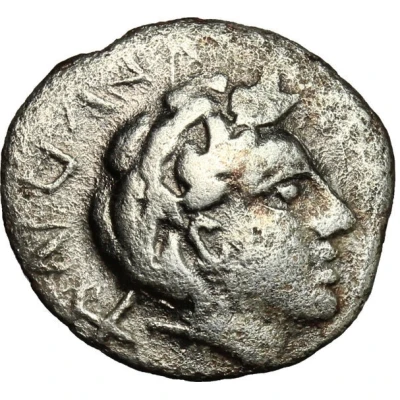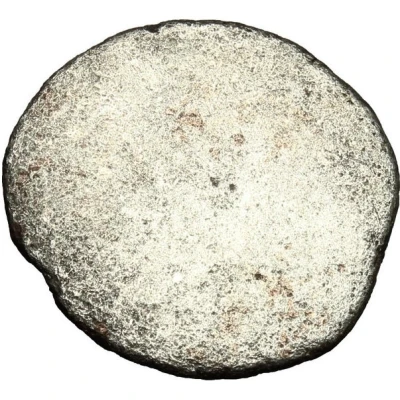Gold 10 Asses Metl series 301 BC - 201 BC
| Gold | 0.56 g | 9 mm |
| Issuer | Populonia (Etruria) |
|---|---|
| Type | Standard circulation coin |
| Years | 301 BC - 201 BC |
| Value | 10 Asses |
| Currency | As (circa 475-201 BC) |
| Composition | Gold |
| Weight | 0.56 g |
| Diameter | 9 mm |
| Shape | Round (irregular) |
| Technique | Hammered |
| Demonetized | Yes |
| Updated | 2024-10-10 |
| Numista | N#179873 |
|---|---|
| Rarity index | 100% |
Reverse
Blank (uniface).
Edge
Plain
Comment
This type seems to only be published in SNG Firenze, and is seemingly unique.While the exact meaning of Metl is unknown, some theorize it is connected to Metallum (metal) or Matalli (mine), which is seen on some Roman coins of the mines.
There has been much controversy on dating Populonian coins, and as such, the date ranges my vary per source.
The Metl series was struck using Populonia's fourth silver standard, which is equal to the third silver standard except with the weights of all denomination being halved.
Interesting fact
The Gold 10 Asses coin from Populonia (Etruria) was used as a form of currency in the ancient Etruscan civilization, which flourished in central Italy between the 8th and 3rd centuries BC. The coin features an image of a lion's head on one side and a wheel on the other, symbolizing the Etruscan belief in the connection between the natural world and the divine. The coin's design also showcases the advanced artistic and technological skills of the Etruscan civilization, which was known for its sophisticated engineering, architecture, and metalworking techniques.



